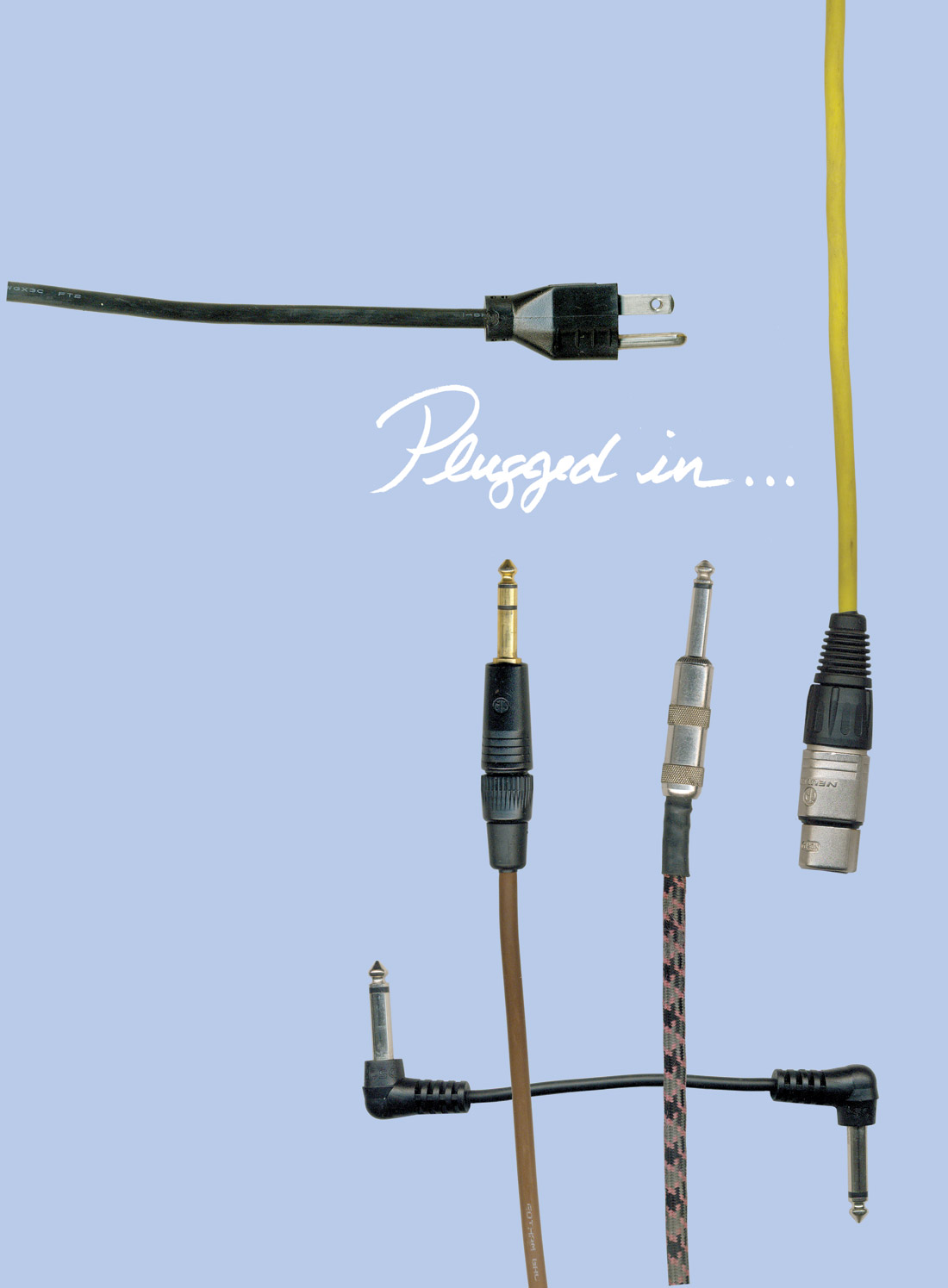Up until a few years ago, efficient switch-mode DC-to-DC converters were too noisy to use in audio applications. That's why until recently, you didn't see 500-series modules that require internal voltages other than the bipolar 16 volts standard to 500-series. For example, the Great River Electronics MP-500NV ($795 street, www.greweb.com) is a Neve-alike preamp with the same audio circuitry as the MP-2NV (Tape Op #28). As Dan Kennedy of Great River explained to me, "Lately, the manufacturers of the control ICs for switch-mode regulators and the fast transistors necessary to do the switching have been able to get the frequency high enough that noise becomes easier to filter without heroic efforts — just like high A-to-D sampling rates reduce the steepness and complications of the Nyquist filter." I mention this because of reader response to Allen Farmelo's "Neve Style Preamps" roundup (Tape Op #77), but also because my latest studio tool is the Sanyo Eneloop Music Booster ($150 street, www.sanyo.com), which in practice is a high-capacity, rechargeable 9V battery for powering stompboxes, but in actuality is a single-cell, 3.7 volt, 7350 mAh lithium-ion battery with a DC-to-DC converter supplying 9V output. Li-ion batteries have high energy-density and low self- discharge, but why did Sanyo choose to up-convert a single 3.7V cell? Probably because any number of Li-ion cells would've required voltage conversion, and a single-cell battery does not require a cell-balancing circuit or charger, like multi-cell Li-ion packs do. Unbalanced Li-ion packs, by the way, are prone to catch fire. (Yes, I know way too much about batteries; in my spare time, I build and fly radio- controlled aircraft powered by lithium-polymer batteries, one of which went down in flames — literally.) With all that geeky stuff said, I love my Music Booster. It comes with two 9V power cables, but if you add a third-party daisy-chain cable, you can plug in more than two effects pedals at once. It charges fully in less than 4 hours. It's beer-spew resistant (water resistant to JIS IPX3 specs, to be exact). And best of all, no more induced hum from AC adapters plugged into your guitar effects! ••• The latest addition to my DAW is the Cables Unlimited USB1870 USB 2.0 7-port hub ($25 from Amazon). If your DAW needs a USB hub, this is the one to get. Unlike the ubiquitous Linksys, D-Link, and Belkin hubs, the USB1870 is a multi-TT design (Google it). I'm now able to use my PreSonus FaderPort (Tape Op #59) and Steinberg CC121 on this hub — neither of which worked reliably with lesser hubs. And I can mix and match USB 1.0 and 2.0 devices without slowing down the whole hub. ••• If you're an indie musician or label with music and merch to sell, check out Nimbit (www.nimbit.com). Nimbit offers a turnkey platform for digital distribution (iTunes, Rhapsody, Amazon MP3, eMusic, Napster) and artist websites, with customizable storefronts for downloadable content, e-tickets, and physical merchandise — including a merchant account (credit card and PayPal), warehousing, and fulfillment. The platform also includes various tools for FaceBook, Twitter, and MySpace integration, as well as sales tracking, "fan mapping", and other actionable analytics. I was reminded of Nimbit by fellow Boston music tech geek Carl Jacobson, who used to be at Cakewalk and is now the VP of Marketing at Nimbit; Carl recently sent me an email describing the new Nimbit Instant Band Site WordPress plug-in. At one of my "day jobs", I'm the CTO of a company that strives to increase (and monetize) fan engagement for our clients, so I truly believe in solutions like Nimbit's. -AH

